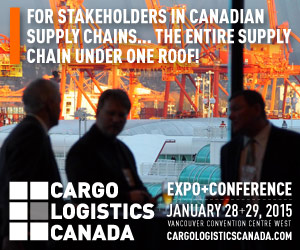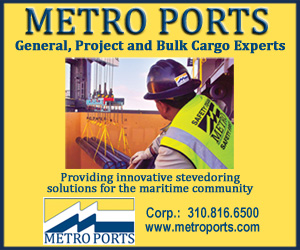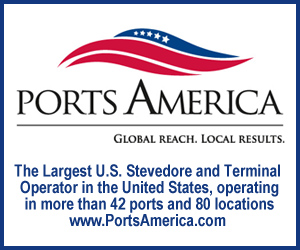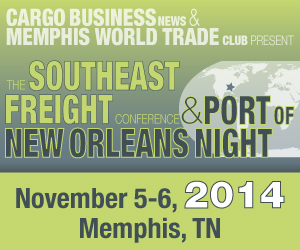

Friday, September 12, 2014
Navy’s exoskeleton could make workers 27 times more productive (video)
Many Naval jobs are physically demanding. Naval ships need to be built and maintained, and sandblasting, riveting, and grinding excess metal off the ships can is a rough, physically draining job that take a toll on the human body. You’re often carrying tools that can weigh upwards of 30 pounds.
"There’s a lot of wear and tear on you," says Adam Miller, director of new initiatives for Lockheed Martin. "Skilled workers can maybe do that for three to four minutes then they need to put the tool down and they need to rest."
Miller leads a team of engineers and designers who have created one of the first industrial-use exoskeletons. Called the FORTIS, the exoskeleton is able to support tools of up to 36 pounds and transfer that load from a worker’s hands and arms to the ground.
The anodized aluminum and carbon fiber skeleton weighs 30 pounds, and follows along the outside of a human’s body. It has joints in the parts of the body that would regularly bend (ankle, knee, hip) and flexes from side to side at the waist.
The aim is to make workers more productive and skilled. The U.S. Navy recently bought two of the exoskeletons and plans to test them over the next six months to see how they might be used in an industrial situation.
Early tests show that the exoskeleton increases productivity anywhere from two to 27 times, depending on the task. In one test, the researchers measured the amount of time a worker could hold a 16-pound grinder overhead without having to rest his arms.
"The longest operators could work continuously without a break was three minutes sustained without augmentation," said Miller. "Using the FORTIS, operators could work 30 minutes or longer without requiring rest breaks."
For more of the Wired story: www.wired.com
Completion of Panama Canal expansion pushed to 2016
AAPA names winners of 2014 environmental and IT awards
DNV GL approves LNG fuel system design for mega container ships
Rickmers Linie expects higher fuel costs with stricter sulfur regulations


Home | The Magazine | Conferences | Port Handbooks | Newswire | Advertise | Ocean Schedules | Contact
CBN Archives | About CBN | Subscribe to CBN | Southeast Freight Conference | Marine Fuels Conference | Heartland Shippers’ Conference | Port Productivity Conference | Pacific Northwest Ports Handbook
Golden Gates Ports Handbook | Southern California Ports Handbook | Buy Handbooks | Subscirbe to Newswire | Newswire Archives | Upload Files






